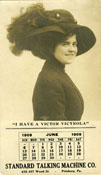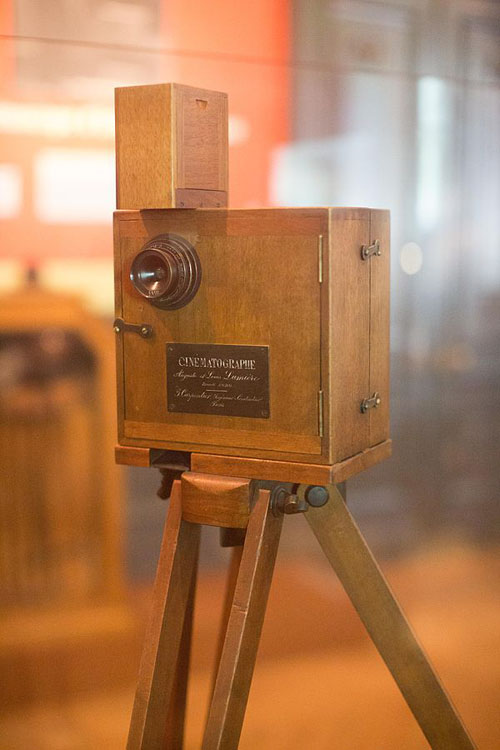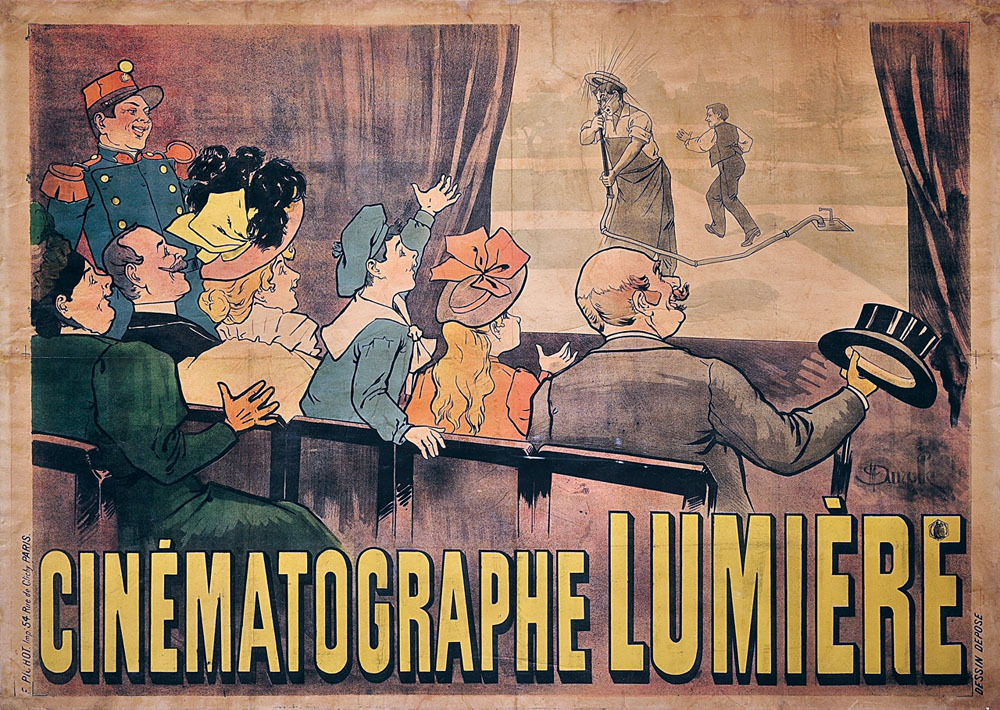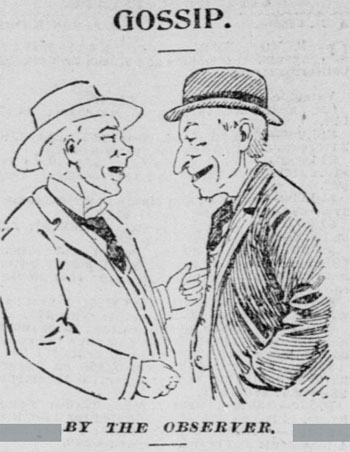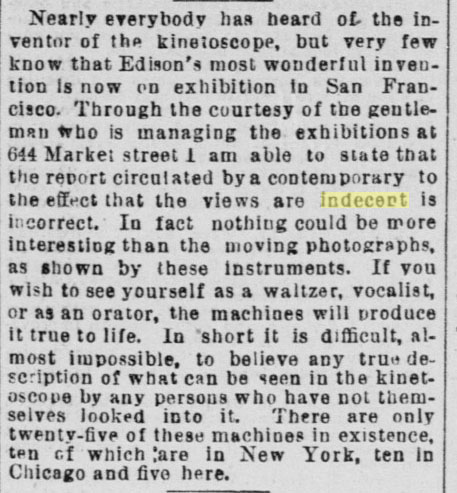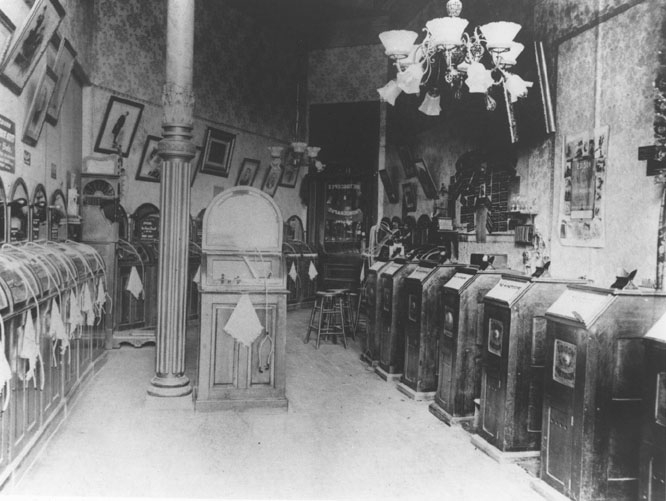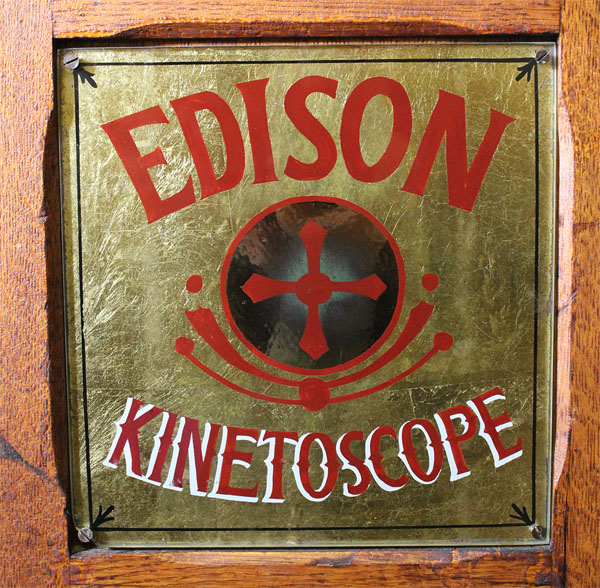On this Day Factola
December 28, 1895
The first demonstration to a paying audience of Auguste and Louis Lumières' Cinématographe
Cinématographe Lumière By Victorgrigas, CC BY-SA 4.0[/caption]
The following is the history of the Cinématographe as found in Wikipedia:
The device was first invented and patented as the "Cinématographe Léon Bouly" by French inventor Léon Bouly on February 12, 1892. Bouly coined the term "cinematograph," from the Greek for "writing in movement." Due to a lack of money, Bouly was unable to develop his ideas properly and maintain his patent fees, so he sold his rights to the device and its name to the Lumière brothers.
In 1895, they applied the name to a device that was largely their own creation. The Institut Lumière in Lyon, France The Lumière brothers made their first film, "Workers Leaving the Lumière Factory" ("Sortie de l'usine Lumière de Lyon"), that same year.
The film was publicly screened at L'Eden, the world's first and oldest cinéma, located in La Ciotat in southeastern France, on September 28, 1895.
The first commercial, public screening of cinematographic films happened on 28 December 1895 at Salon Indien du Grand Café in Paris and was organised by the Lumière brothers. This history-making presentation featured ten short films, including their first film, "Workers Leaving the Lumiere Factory." Each of these early films is 17 meters long (approximately 56 feet), which, when hand cranked through a projector, runs approximately 50 seconds.
The Cinématographe was also exhibited at the Paris Exposition of 1900. At the Exposition, films made by the Lumière Brothers were projected onto a large screen measuring 16 by 21 meters (approximately 52.5 x 69 feet).
L'Arroseur arrorsé, "the first screen gag and the earliest narrative film," was also part of that initial commercial screening. (1)
L'Arroseur arrorsé (2)
Edison's 1894 Kinetoscope made by his employee W.K.L. Dickson
In the newspaper section "Gossip By the Observer" of the August 19, 1894 edition of the San Francisco Call, the following correction was made concerning reports that the views of the moving photographs being shown by Edison's Kinetoscope were "indecent": (3)
Phonograph and Kinetoscope Parlor, San Fransisco 1895
(Photo: Edison National Historic Site)
"The nickelodeon machines on the left were coin operated phonographs. Patrons could deposit a nickel and then listen to an Edison phonograph record through the listening tubes that can be seen hanging from the machines. The kinetoscopes were also coin operated and were used to watch early Edison motion pictures. After depositing a nickel, the patron viewed a 20-second- to one-minute-long movie through a viewing slit in the top of the box. A visit to a phonograph and kinetoscope parlor was probably the first opportunity that many people had to hear recorded music or see moving images of people." (4).
